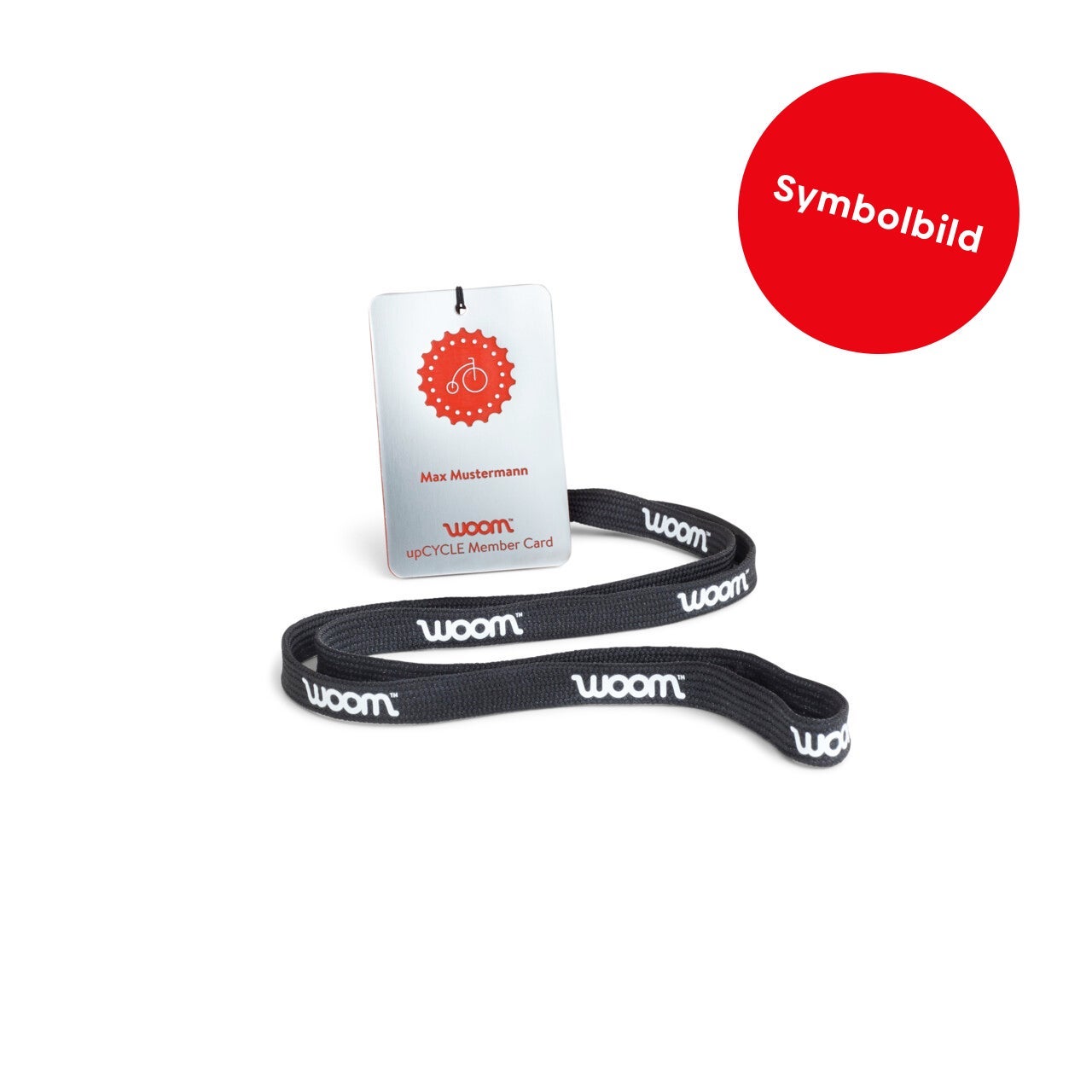Buying a children's bike – new or used?
We've listed the advantages and disadvantages here to help you decide whether to buy a new or used children's bike.


Maybe you're in the process of looking for a bike or balance bike for your child but still unsure whether it should be a new one or if a used one will do the job. To give you a little help, we've weighed up the pros and cons of new and used children's bikes and also have a few tips on what you should consider when buying a used children's bike.
Of course, all of these advantages come at a higher price. But maybe one day you'll end up as a seller on an online classifieds platform. A well-maintained, high-quality bike, like one of our woom bikes, always has good resale value, which means you'll get a percentage of the original purchase price back.
Savings on new bikes in the woom outlet
If you have your heart set on buying a new woom bike for your child but you're keen to keep the costs down, take a look in our woom outlet. You'll find brand-new bikes from earlier generations and in last season's colors along with a selection of accessories at reduced prices.
Our top tips for buying a used children's bike
Arrange a viewing
You should always arrange to view a bike before you commit to buying it. Even better if you can take along a friend who knows something about bikes.
Here's what to look out for...
- Make sure that the bike matches the pictures and the description in the advertisement.
- The bike should be clean to help you spot any damage.
- The frame is very important – it shouldn't have any cracks (pay particular attention to the welds).
- Check the condition of the rims for rust, grooves and grind marks. Repairs to frames and rims can get expensive very quickly.
- An overall check also includes a test ride. That will give you and your child a chance to make sure the bike is in full working order:
A: Check the pressure point of the brakes and the braking force. Do the brake pads grind or are they already heavily worn?
B: If present, test the gears and the suspension. Do the gears engage cleanly? Does the suspension fork rebound quickly and smoothly? If there's a lockout function, is it working properly?
C: Listen carefully to whether the cranks and hubs are making noticeable noises.
If you find any serious damage to the bike, it's better to leave it and keep searching to avoid costly repairs.

Get money back with our upCYCLING scheme
Did you know? If you purchase upCYCLING membership when you buy a woom bike, it's super simple for your child to upgrade to the next size when the time comes. That way, your child will always be riding the perfect bike for them. And you'll get 30% back on the original purchase price of their old woom bike, which you can take off the price of their new bike in the next size up.
We make your life easier! When your child has outgrown their woom bike, we'll take it off your hands at no cost to you. We'll do it up and get it ready for a second life full of exciting cycling adventures. In other words, you'll be saving time and money, while helping us make our bikes last even longer. Let's cut out those carbon emissions and do our bit for the environment together!







